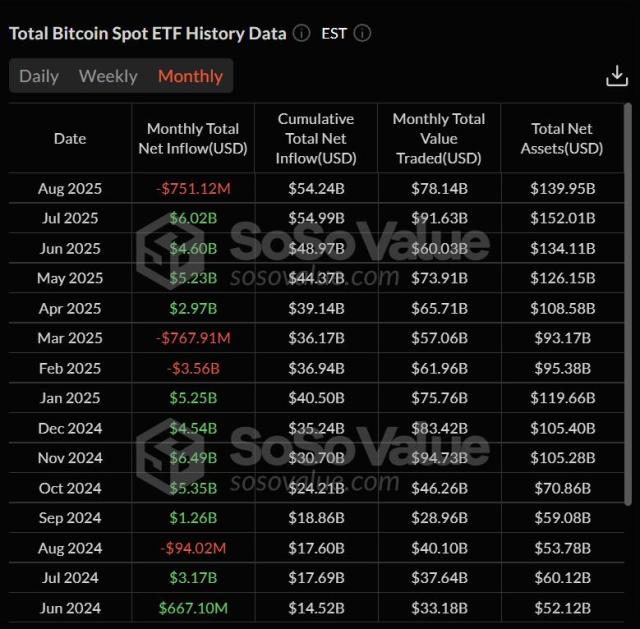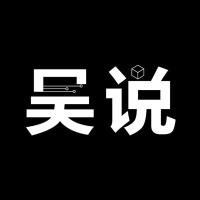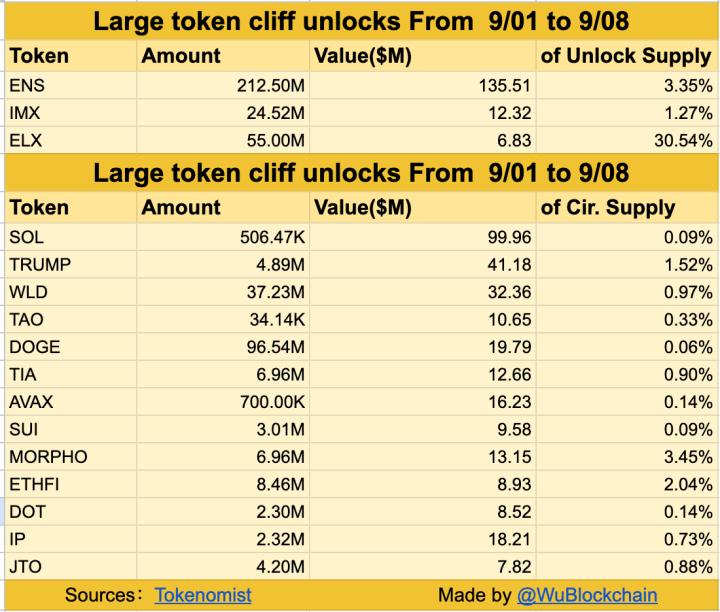Mars Finance News, on April 23, CICC research report believes that considering two scenarios: first, if negotiations between the United States and its trade partners lack substantial progress, and the effective tariff rate remains high after 90 days, the income effect will dominate, and weak economic demand may prompt the Federal Reserve to start cutting rates from July, with a potential cumulative rate cut of 100 basis points for the year. The second scenario is that negotiations yield results, tariffs are lowered, and under the substitution effect, demand impact is relatively mild, but inflation pressure becomes more persistent, which might delay the Fed's easing pace, with only a small rate cut in December. For the market, although monetary easing comes earlier in the first scenario, this "recession-type" rate cut reflects deteriorating economic fundamentals and may actually suppress risk assets. (Jin Shi)
Agency: High tariffs may trigger a "recession-style" rate cut by the Federal Reserve
This article is machine translated
Show original

Source
Disclaimer: The content above is only the author's opinion which does not represent any position of Followin, and is not intended as, and shall not be understood or construed as, investment advice from Followin.
Like
Add to Favorites
Comments
Share






